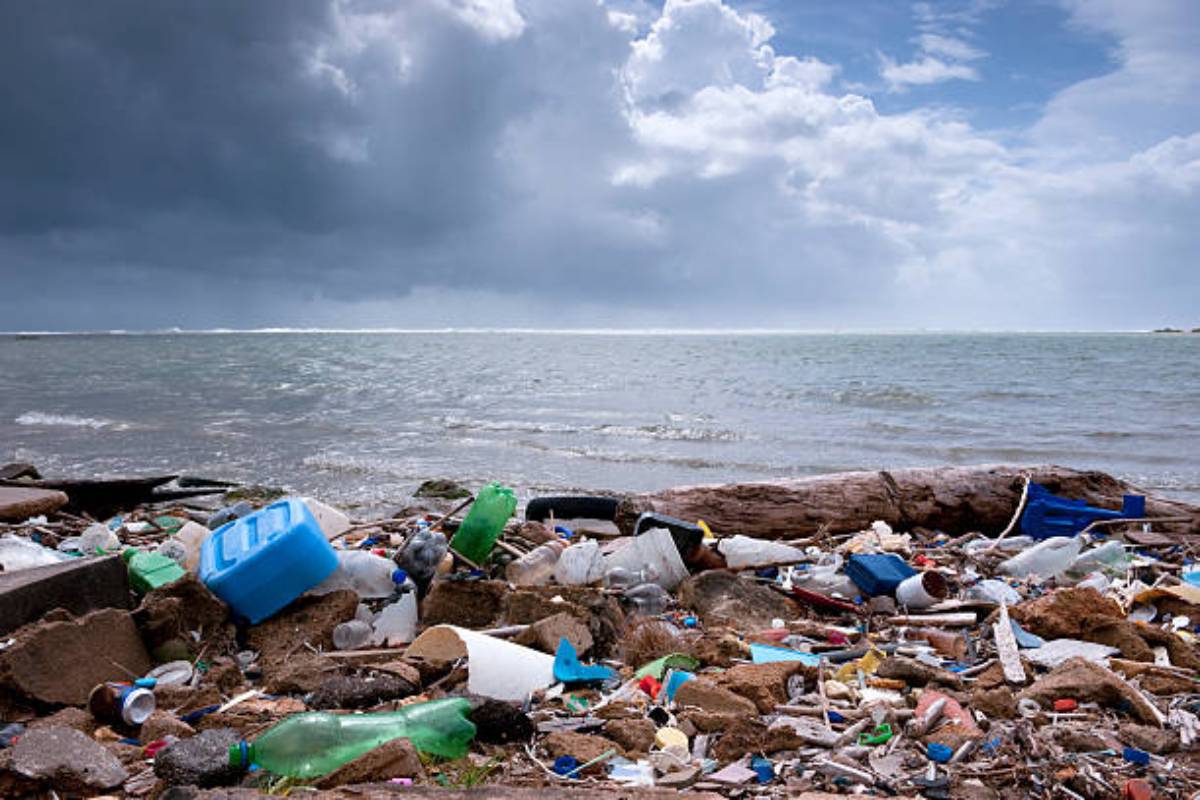No river pollution to be allowed at proposed Textile Park in Ludhiana: CM Mann
The CM said the environmental laws will be followed to ensure that there is no pollution of river water or any sort of health hazard for the people.
About 1000 rivers are responsible for roughly 80% of the pollution in the marine ecosystem.

River pollution (Photo:SNS)
Rivers are the main source of plastic pollution in the oceans. They are the source that carries waste from land to the ocean. According to a research conducted by the U.S Environmental Protection Agency, it is discovered that out of 70 percent of total earth’s water, about 60% is polluted. And about 1000 rivers are responsible for roughly 80% of the pollution in the marine ecosystem. It is very important to identify the source of pollution.
Sources of river pollution and major water pollutants:
The sources of river pollution are numerous but the major sources are sewage, domestic waste, industrial waste that even contain radioactive substances.
The waste from urban areas is usually drained into water bodies. Diseases causing agents like bacteria viruses and parasite worms enter the water from domestic sewage and animal waste. Waste released by industries reaches water bodies, especially rivers, directly or indirectly.
In order to enhance the productivity of available land, the artificial and chemical fertilisers, pesticides, insecticides are being increasingly used. These pollute soil as well as rivers.
Industrial waste explains the characteristics of industrial wastewater can differ markedly both within and among industries.
Industrial waste
The impact of industrial discharges not only depends on their collective characteristics such as biochemical oxygen demand and the amount of suspended solids, but also their contents specific in organic and organic substances. The introduction of the wide variety of pollutants both biodegradable and non-biodegradable like oil, plastics, metallic, suspended solids, phenol and various chemicals act as industrial river waste.
Advertisement
Agriculture waste
It includes commercial livestock and poultry farming. It is the source of many organic and inorganic pollutants in surface water and rivers. These contaminants include both sediments from the erosion of crop plants and compounds of phosphorus and nitrogen that partly originate in animal waste and commercial fertilisers.
Abatement of river pollution
As we all know most of the rivers of India are polluted and are in the list of 10 most polluted rivers in the world so abatement of river pollution is crucial. But once polluted, it causes ill-health and even death, depending upon the severity of contamination.
Treatment of water required
Primary, secondary and tertiary treatment is required which includes removal of solid components of sewage waste, sludge etc, breaking down and removal of remaining dissolved waste with the help of micro organism. The tertiary treatment involves ultraviolet light to kill all types of microorganisms which are not good for human health.
Advertisement